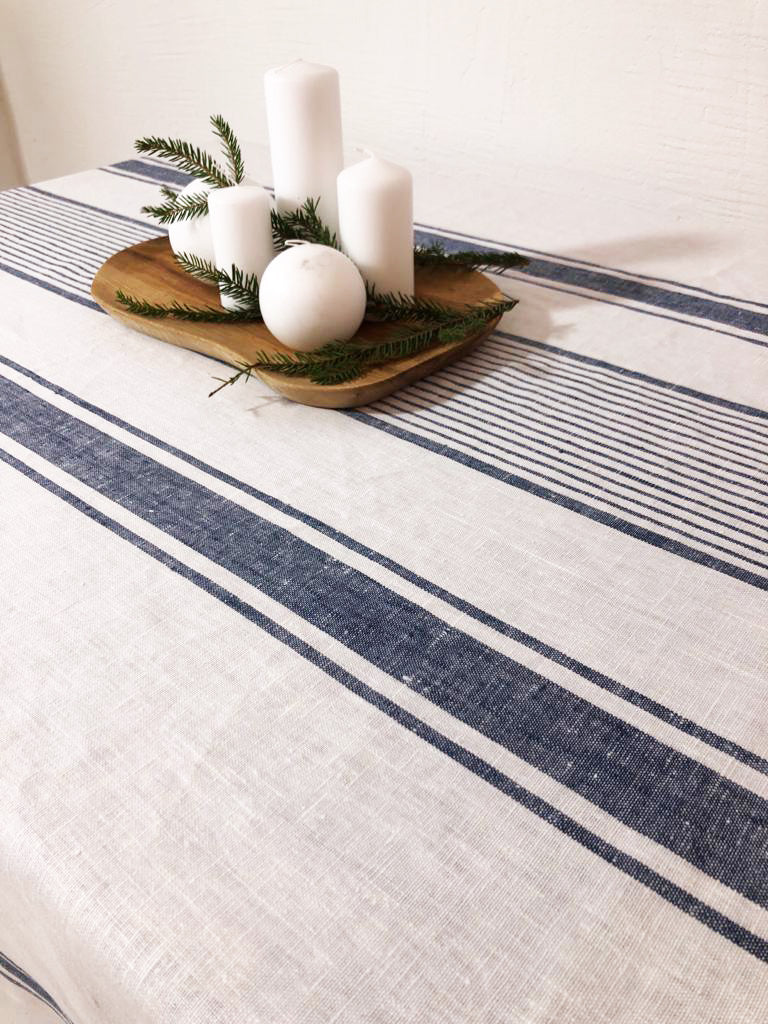Ultimate Overview to Flat Sheet Products: Discover the very best for Your Bed room
Ultimate Overview to Flat Sheet Products: Discover the very best for Your Bed room
Blog Article
Linen Fabric Technologies: Exploring Modern Trends and Creative Applications in Design and Textile Sector
From sustainable production approaches to cutting-edge weaving innovations, the evolution of linen is reshaping the landscape of the textile sector. As we dig right into the realms of innovative design applications and the appearance of bed linen blends and crossbreed fabrics, a brand-new chapter unfolds in which bed linen's role in future fabric innovations takes facility phase.
Sustainable Practices in Linen Production
Sustainable practices in linen production have actually come to be progressively crucial in the textile industry's efforts to reduce environmental influence and promote ethical sourcing methods. Linen, a natural fiber stemmed from the flax plant, offers a variety of advantages such as durability, biodegradability, and breathability. Nonetheless, typical techniques of linen production can include considerable water consumption, chemical usage, and energy-intensive processes.
To address these challenges, many textile producers are adopting sustainable techniques throughout the linen production procedure. This includes sourcing flax from organic ranches that avoid unsafe pesticides and chemicals, implementing water-efficient retting strategies to extract fibers from the flax stalks, and using eco-friendly dyes and finishes. In addition, some companies are purchasing eco-friendly energy sources to power their manufacturing centers and lowering waste via recycling and upcycling initiatives.
Technological Improvements in Bed Linen Weaving
With the expanding emphasis on sustainable methods in linen manufacturing, the fabric sector is now seeing a rise in technical developments particularly intended at reinventing the art of bed linen weaving. These technologies are reshaping the way linen fabrics are created, providing boosted performance, top quality, and imagination in weaving methods.
One of the essential technical advancements in linen weaving is the integration of computerized looms. These sophisticated looms are furnished with software that permits complex and intricate layouts to be woven with precision. By digitizing the weaving procedure, suppliers can attain better consistency and precision in their linen fabrics.
Additionally, improvements in thread spinning modern technology have made it possible for the manufacturing of finer and even more sturdy linen threads - table cloths. This results in softer and smoother linen textiles that retain their quality also after several usages and washes
Furthermore, the advancement of environment-friendly dyeing processes and surfaces for linen fabrics is acquiring grip. These sustainable techniques not only lower the ecological impact however likewise satisfy the enhancing customer need for fairly generated fabrics.
Creative Design Applications for Linen
Ingenious imaginative methods are significantly shaping the imaginative style applications for bed linen in the textile sector. Linen's natural visual allure and capacity to mix with various other fabrics make it a preferred selection for creating distinct garments and devices that provide to the environmentally conscious consumer.
In addition, designers are trying out bed linen in home style, utilizing its breathable and long lasting nature to craft stylish furnishings such as curtains, bed linen, and furniture. The appearance and drape of bed linen bring a sense of elegance and comfort to indoor rooms, adding a touch of elegance to modern-day homes.
:max_bytes(150000):strip_icc()/best-tablecloths-fw-FT-AFF1122-702aafd872a649dfaa0f1d1d0ffd171c.jpg)
Bed Linen Blends and Crossbreed Fabrics

Hybrid fabrics, on the various other hand, take the principle of blending a step even more by integrating additional elements such as metallic threads, recycled materials, or conductive fibers. These innovative fabrics not only broaden the style opportunities yet additionally present functional aspects like conductivity, antimicrobial residential or commercial properties, or improved toughness. Hybrid materials are progressively being made use of in various industries, including fashion, interior design, and technical fabrics, where the demand for multifunctional materials gets on the surge.
Bed linen's Function in Future Textile Innovations

In the world of future fabric technologies, bed linen is expected to be a principal in the growth of advanced functional materials. Designers and researchers are exploring means to boost linen's fundamental high qualities via technical advancements, such as integrating wise fabrics, nanotechnology, and efficiency coatings. These technologies intend to elevate linen's performance qualities, making it ideal for a more comprehensive array of applications, from activewear to safety clothing.
Moreover, the combination of linen with other natural or synthetic fibers opens up limitless possibilities for producing novel textiles with distinct buildings and capabilities. By leveraging bed linen's attributes and exploring ingenious blends, the textile industry is poised to present exciting developments that accommodate evolving customer needs and sustainability requirements.
Conclusion
To conclude, the exploration of sustainable practices, technological developments, creative layout applications, bed linen blends, and its function in future textile technologies highlight the continual advancement of bed linen material in the modern design and fabric industry. With a concentrate on innovation and creative thinking, the convenience and eco-friendly nature of bed linen make it a useful material for manufacturers and developers alike, leading the way for more growths and innovations in the area of textiles.
As we dive into the realms of imaginative style applications and the appearance of bed Your Domain Name linen blends and hybrid fabrics, a brand-new phase unfolds in which bed linen's function in future textile technologies takes center phase.
Discovering the combination of bed linen with other fabrics has actually led to the development of ingenious blends browse around this site and hybrid fabrics in the modern textile industry. Bed linen blends use a distinct mix of the qualities of linen with those of various other fibers, resulting in materials that have enhanced properties such as increased longevity, enhanced draping, and reduced wrinkling.The evolution of bed linen blends and hybrid textiles has set the phase for Linen to play a crucial function in driving future fabric developments.In the realm of future fabric developments, bed linen is expected to be a crucial player in the growth of innovative useful fabrics.
Report this page